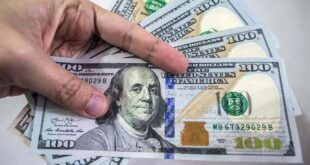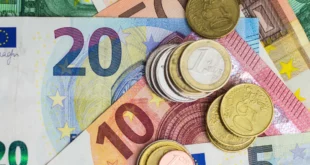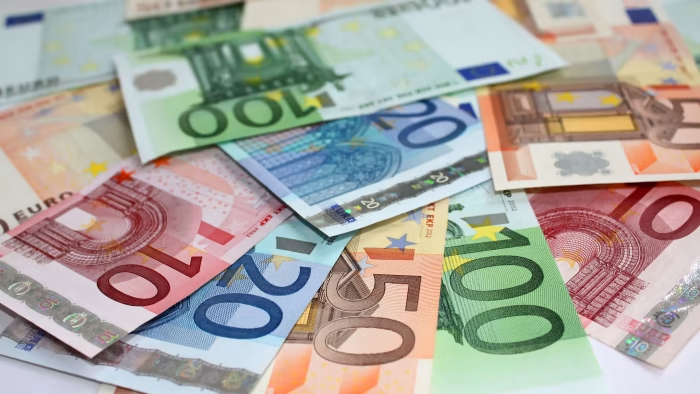The dollar coin holds a unique place in the history and economy of the United States. Despite its sporadic use compared to the more popular dollar bill, the dollar coin has a rich history and several interesting features. This article delves into the origins, design, types, and significance of the dollar coin, exploring why it remains a notable aspect of American currency.
Historical Background
The concept of the dollar coin dates back to the early days of American history. The Coinage Act of 1792 established the U.S. Mint and introduced the silver dollar, modeled after the Spanish dollar, which was widely used in the American colonies. The first dollar coins were known as Flowing Hair dollars, minted from 1794 to 1795, followed by Draped Bust dollars (1795-1804), and the iconic Morgan dollars (1878-1921).
Over the years, the dollar coin has undergone various transformations, reflecting changes in economic conditions, metal compositions, and designs. Despite attempts to popularize them, dollar coins have faced challenges in gaining widespread acceptance compared to paper currency.
Design and Composition
Dollar coins have featured a range of designs and materials over the years. Initially, dollar coins were made of silver, but modern versions are typically composed of base metals, such as copper and nickel.
- Silver Dollars: Early dollar coins, like the Morgan and Peace dollars, were struck in 90% silver. These coins are now prized by collectors for their historical and intrinsic value.
- Susan B. Anthony Dollar: Introduced in 1979, this coin featured the likeness of women’s rights advocate Susan B. Anthony. Made of copper and nickel, the coin was criticized for being too similar in size and color to the quarter, leading to its limited use.
- Sacagawea Dollar: Launched in 2000, the Sacagawea dollar honors the Shoshone woman who assisted the Lewis and Clark expedition. This coin features a distinctive golden color due to its manganese-brass composition, making it more distinguishable from other coins.
- Presidential Dollar Series: From 2007 to 2016, the U.S. Mint issued a series of dollar coins featuring portraits of past U.S. presidents. These coins are made from a golden-colored alloy and include inscriptions of the presidents’ names and terms of office.
Economic and Practical Significance
The dollar coin offers several potential advantages over the dollar bill:
- Durability: Coins last significantly longer than paper currency. While a dollar bill has an average lifespan of about 18 months, a coin can last for decades, reducing the cost and environmental impact of producing and replacing currency.
- Convenience: Coins are less likely to tear or become damaged compared to paper bills. This makes them more practical for use in vending machines, parking meters, and other automated systems.
- Cost-Effectiveness: Despite higher initial production costs, the extended lifespan of coins can result in long-term savings for the Treasury.
- Collectibility: Dollar coins are often collected as commemorative items, enhancing their cultural and historical value.
However, these advantages have not been enough to displace the dollar bill in everyday transactions, largely due to public preference and the logistical challenges of transitioning to coin-based currency.
Challenges and Public Perception
The dollar coin has faced several hurdles in gaining widespread acceptance:
- Public Preference: Americans have shown a strong preference for paper currency over coins, finding bills easier to handle and store.
- Size and Weight: Coins are bulkier and heavier than bills, which can be inconvenient for carrying in wallets or pockets.
- Circulation Issues: Despite various minting efforts, dollar coins often end up being collected or stored away rather than circulated, limiting their practical use.
- Transition Costs: Moving from paper to coin currency would require changes to vending machines, cash registers, and banking systems, entailing significant logistical and financial challenges.
Efforts to Promote Dollar Coins
Several initiatives have been undertaken to increase the use of dollar coins:
- Public Awareness Campaigns: The U.S. Mint has launched campaigns to educate the public about the benefits of dollar coins and encourage their use.
- Legislative Measures: Congress has passed laws aimed at increasing dollar coin circulation, such as requiring federal agencies and public transportation systems to accept them.
- Minting Commemorative and Thematic Coins: By introducing coins with historical and cultural themes, the Mint has sought to attract collectors and enthusiasts, boosting interest and demand.
Despite these efforts, the dollar coin remains a relatively niche currency in everyday transactions.
The Future of the Dollar Coin
The future of the dollar coin in the United States is uncertain. While there are clear benefits to increasing its use, public preference for paper currency and the challenges of implementing widespread change pose significant obstacles.
- Technological Advancements: As digital payment methods become more prevalent, the need for physical currency, whether coins or bills, may diminish. This shift could affect the relevance and demand for dollar coins.
- Sustainability Considerations: The environmental benefits of coins, given their longevity and recyclability, may become more significant as sustainability becomes a greater focus for consumers and policymakers.
- Policy Changes: Future legislation could mandate greater use of dollar coins in an effort to realize long-term cost savings and promote more efficient currency circulation.
- Collector Interest: The continued issuance of commemorative and thematic dollar coins can maintain interest among collectors and enthusiasts, preserving the cultural and historical significance of the coin.
Conclusion
The dollar coin, with its rich history and practical advantages, remains an intriguing aspect of American currency. While it faces challenges in gaining widespread acceptance, its durability, cost-effectiveness, and cultural value ensure that it retains a place in the nation’s monetary system. As the financial landscape evolves, the dollar coin may yet find new relevance, whether through policy changes, technological advancements, or shifts in public perception. For now, it stands as a symbol of America’s past and a potential asset for its economic future.
 Samoyik Your Entertainment Partner
Samoyik Your Entertainment Partner



